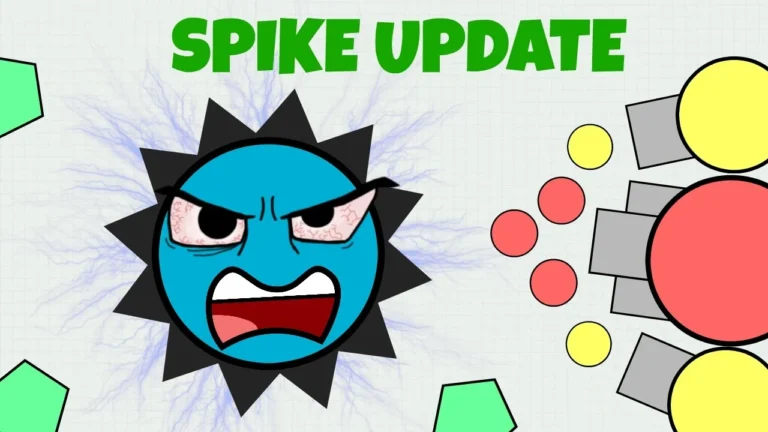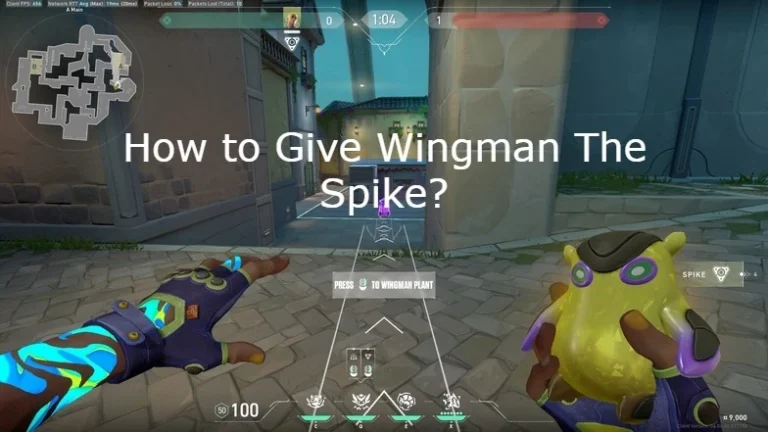What does The Spike Protein do?
According to virology, Spike protein is a large formulated structure that is projected form an enveloped virus. It is also called peplomer protein which forms trimmers (three identical molecules) and dimers (two identical molecules). Spikes or peplomers are basically involved in the early stage of infection and considered as viral entry.
The Spike may interact and linked with the receptors that are embedded in the plasma membrane of cells. These viruses can be visible by the electron micrograph image and can be of various types as orthomyxo viruses, rhabdo viruses, filoviruses, coronaviruses, bunya viruses, arenaviruses, and retroviruses.
On the virus surface, there are ~180 kD glycoprotein projections that form spike protein for hosting the cells and enter as a viral attachment. In the first step, the enveloped virus interacts with cellular receptors and secondly, it is responsible for fusing the cell membrane that is mediated by spike protein. There are fusion components in the S protein as like S1 terminal and S2 subunits, as well.
Understanding the formation of Coronavirus CoVs with S Protein:
Coronavirus is perceived by the electron micrograph the tissue tests of the patients that are influenced by this infection or contamination. This infection intervenes the section in facilitating the cell and furthermore goes about as a multifunctional sub-atomic machine. All endorsed antibodies that are utilized for treating the Covid is framed with spike protein. This spike protein is situated outwardly of Covid and afterwards enters in the patient’s cells. The section of spike protein empowers the patients in making simple to perceive the state of safe framework that is causing the contaminations of this infection.
The Infectious Disease Society of America (IDSA) recognizes the antibody produced by spike protein can rearward in the human body for a long time. The safe framework that is contaminated by Coronavirus assaults and obliterates the protein spikes in a quick manner on the grounds that the resistant framework is familiar with the immunization by protein spike isn’t a piece of human body.
The RNA genome of Covid as a length of 29 kb and is considered as the largest in all RNA viruses having six to ten open reading frames which help in encoding the virus proteins. All components of viral genome are packed in helical nucleon capsid including lipid bilayer.
Coronaviruses Spike Protein:
Coronaviruses is also known as S protein and acts as like the initial infection stage or first step in viral entry. These kinds of viruses trigger the internal body’s immune system and considered as antigenic (Ag) and produce antibodies in order to respond the infection or virus. The spike protein is the only reason for enhancing the symptoms of development in COVID-19 vaccines. This virus is caused by SARS-CoV-2 that is a strain for developing the virus.
COVID-19 is recognized by the electron micrograph the tissue samples of the patients that are affected by this virus or infection. This virus mediates the entry in hosting the cell and also acts as a multifunctional molecular machine. All approved vaccines that are used for treating the corona virus is formed with spike protein. This spike protein is located on the outside of corona virus and then enters in the patient’s cells. The entry of spike protein enable the patients in making easy to recognizing the condition of immune system that is having the infections of this virus.
The Infectious Disease Society of America (IDSA) identifies the vaccine generated by spike protein can last in the human body for few weeks. The immune system that is infected by COVID-19 attacks and destroys the protein spikes in a fast way because the immune system knows about the vaccine by protein spike is not a part of human body.
Functions of Spike Protein:
- S protein has 1,160 to 1,400 quantity of amino acid which is high glycosylated and large types.
- S protein helps in penetrating the host cells essentially.
- It plays a vital role in initiating the infection related to coronavirus as well.
- It gives risks to spike shaped protrusions that are found on the surface.
- It has two vital functional sub-units as like N-terminal and S1 subunit, they both help in embedding into the viral envelope.
- S1 subunits do the activity of recognizing and binding the receptors on the host cells. There are other components of S protein is S2 subunits which act as fusing the virus related envelop with the host cell membrane.
- The two components of S2 subunits include in managing the fusing in heptad repeat (HR) as one and two regions, on the other hand, it also involved in fusing as HR1 and HR2 as well.
- The first conformation in S protein is called pre-hairpin that becomes helical by transforming the unstructured linker with the help of S2 subunits.
- The second confirmation include in the formation of C-helix and six-helix as the inversion of subunits.
- SARS-CoV-2 cannot attract with the host cells like human and animal without S protein.
Conclusion
As per virology, spike protein is an enormous formed structure that projected structure wrapped infection. It is likewise called peplomer protein that structures trimers (three indistinguishable particles) and dimers (two indistinguishable atoms). Spikes or peplomers are essentially engaged with the beginning phase of disease and considered as viral passage.
Spikes might connect and connected with the receptors that are implanted in the plasma film of cells. These infections can be apparent by the electron micrograph picture and can be of different sorts.





